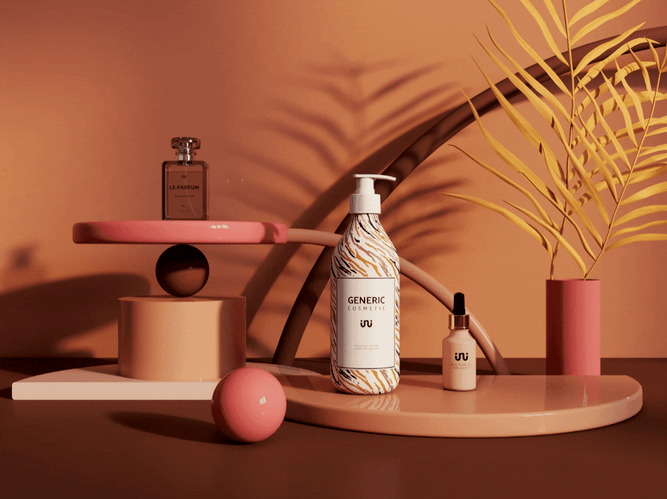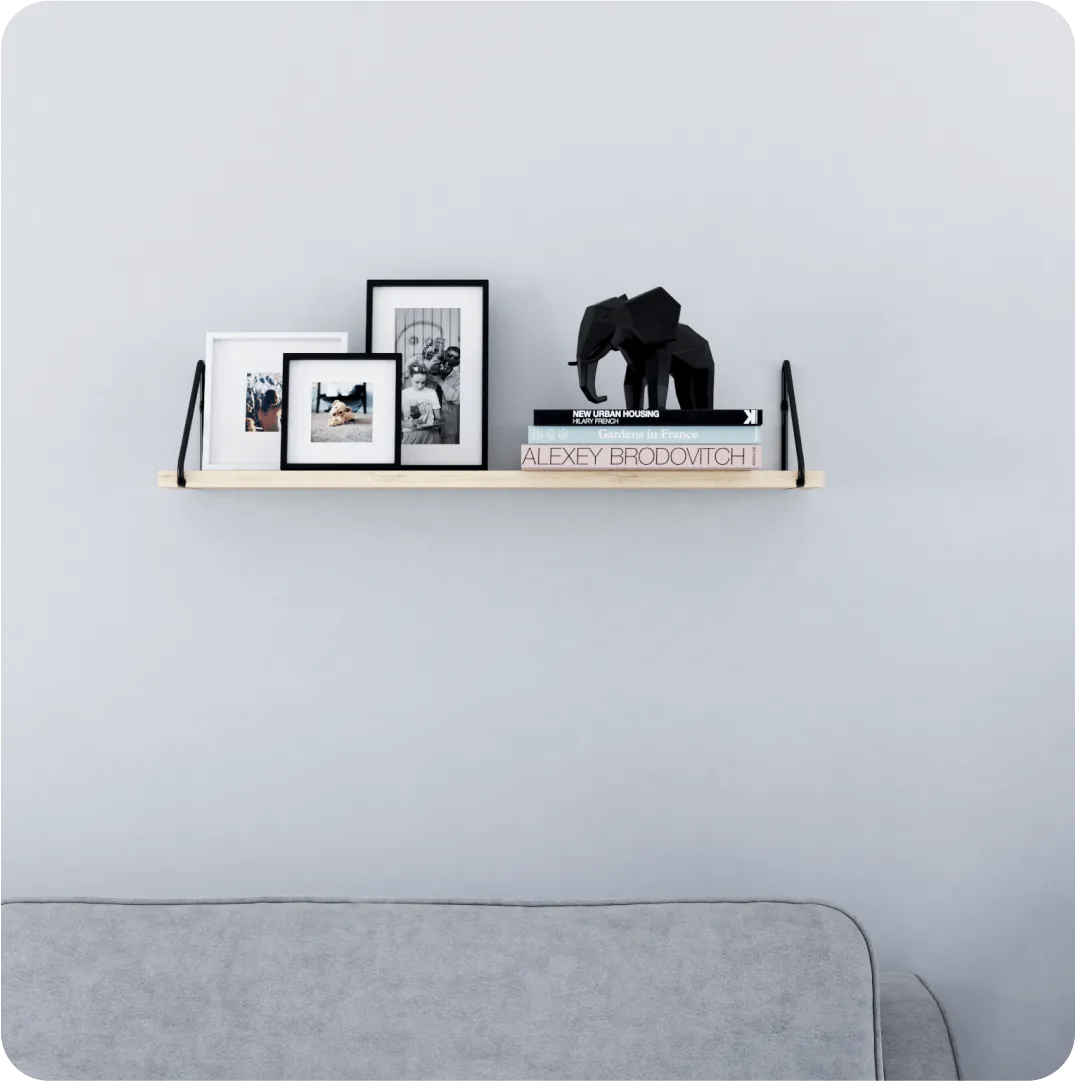Revolutionizing how product images are made
.png)
Today, leading brands dispense enormous resources on creating eye-catching visual assets that are used on a plethora of digital platforms such as websites, eCommerce merchants, and social communities.
In a perfect world, consumers would see product visuals specifically tailored to their lifestyles and tastes, offering the ultimate purchase experience to maximize conversion and sales. But I can’t even start to imagine the production work for such a daunting task.

Traditional product image creation is outdated
.gif)
It takes hundreds of hours, people-power, money, travel, and other logistical feats to produce excellent, contextualized product images … and the things that can go wrong are endless. Product shooting crews quickly realized that when Covid hit.
Talking about Covid, no brands or merchants would ever doubt the power of e-commerce ever again! As a matter of fact, according to McKinsey, e-commerce grew two to five times faster than before the pandemic. As a result, many brands had to scramble to get their product visual production set up.
Product-based photo production is wildly inefficient … and it gets worse as you scale. Regional markets often don’t have the budgets parent markets do to repurpose assets tailored to their markets. Big retailers have plain and boring stock product images provided by brands that offer little differentiation from other retailers. They often have to use images not meant for the audience on their social channels. The list keeps going. One thing for sure is that the old way of producing product images is outdated.
Digitized product images offer greater flexibility

As sales channels evolve from physical marketplaces to the digital sphere, the process to create product images should also take a leap.
Digitization is the only way forward to address the growing number of product catalogs (scale) and a greater need to personalize visual content (creativity). It’s not just having a digital file of traditional photography, but a digital model (in 3D) of a product! Content producers and digital marketers can easily insert and imbed seamlessly into lifestyle backgrounds to make the product more eye-catching and tailored to different audience segments, thus increasing desirability that translates into sales.
Some of these can be done on a small scale using in-house capabilities or existing agencies. Still, on a grander scope, the limitations of traditional methods start to become more noticeable. The linear production methods would eat up too much resource, especially when the growing trend is having more products available online, with more variations of visuals tailored for different target audiences, and shorter sales cycles.
Programmatic online advertising already exists. In a few clicks, you can make thousands of variants of ads, with different text, for a diversity of markets, demographics, contexts, and even time of day.
Why can’t that exist for product images, too?
Leverage the limitless capacity of CGI technology
At nfinite, we offer a turnkey solution that leverages CGI technology to create, display, and manage unlimited product images, resolving the scaling issue faced by modern marketers. We achieve this by creating a product's digital model (CGI/ 3D), where content producers can easily insert and imbed seamlessly into lifestyle backgrounds tailored for different audiences, seasonal campaigns, and digital formats.
Now you can start creating previously impossible images to create in a fraction of the time of a traditional photoshoot. You can learn more about product visuals in the world of Marketing Automation.

Our services create product images 10 times faster than traditional methods, saving up to 90% on the visual production budget. And in terms of performance, our solution drives up to 10 times more traffic and increases add-to-cart by 20%. Discover how nfinite scales CGI & 3D product modeling.
Insights in your inbox
Revolutionizing how product images are made
%20(418%20%C3%97%20251%20px)%20(3).png)
Q2 2023
Dynamic Display
With Dynamic Display, shoppers easily mix and match multiple products in real-time — and shop directly from the experience. Retailers can seamlessly embed this on their websites and apps, showcasing these shoppable showrooms wherever they do business online.
Search and tag visuals
Users can now search visuals on the platform! Instead of scrolling through visuals or looking up product or template details, users can easily find visuals using keywords and filters. Filters include visual type, products, organizations, creators, status, and creation date. And now, with the ability to tag visuals, users can also search by tag.
Advanced template search takes this a step further. When users begin creating a visual by selecting a product, in addition to seeing all compatible templates, they can now search for specific templates using a variety of filters, including categories, ratios, tags, and more.
%20(2).png)
Enhanced scene creation
Our redesigned scene editor offers a more immersive editing canvas while providing a simpler, easy-to-learn, and more intuitive UI. Users can swap products, repaint walls — and ultimately create scenes — faster than ever.
Vastly improved swap diversity
We've rebuilt how product swaps work to allow users to browse and swap any product with the accurate geometry. Gone are the limitations of a single or select group of product categories, enabling users to leverage their creativity by quickly transforming a bedroom into a home office or a garage into a home gym.
Preview Visuals Within Email Notifications
Each email notifying you about a new packshot, 360, or lifestyle will include a beautiful preview image helping you maintain context and make more informed decisions.
.png)
Control Your 360° spins
Customize your 360° spins by editing the duration, manipulating the zoom, or changing the camera angle to your exact specifications.
Want to get a full tour of the product? Request a demo today!
Insights in your inbox
Stay up to date







.jpg)


.png)
.png)